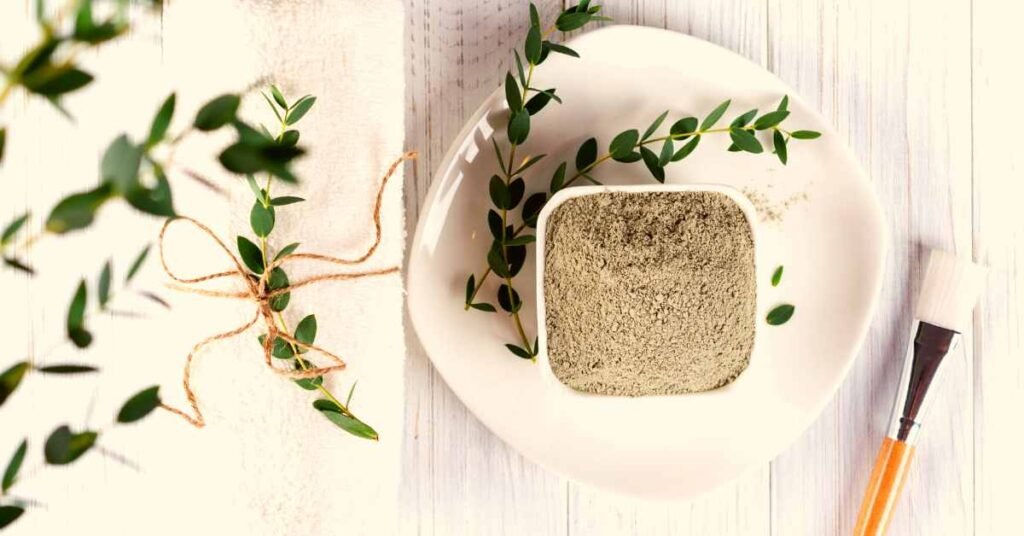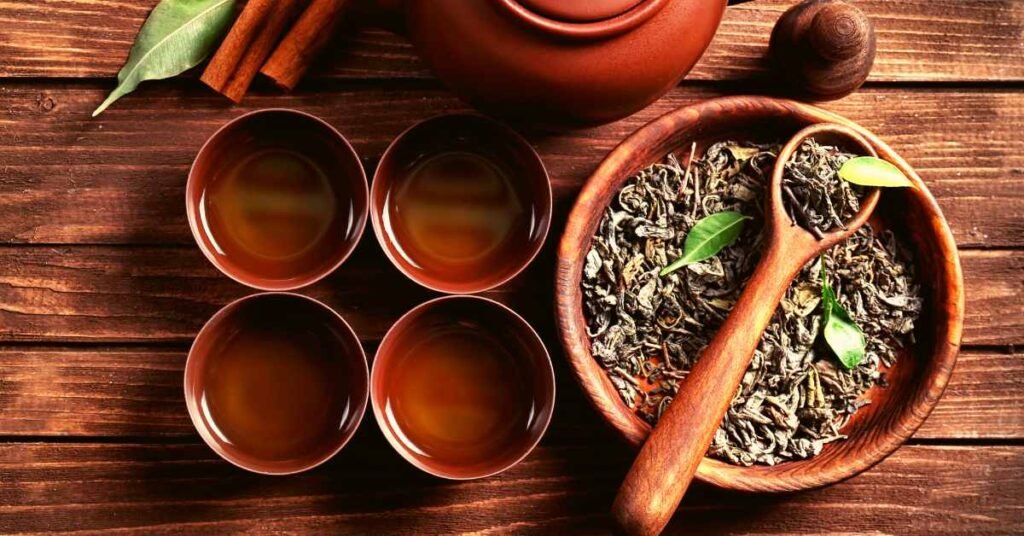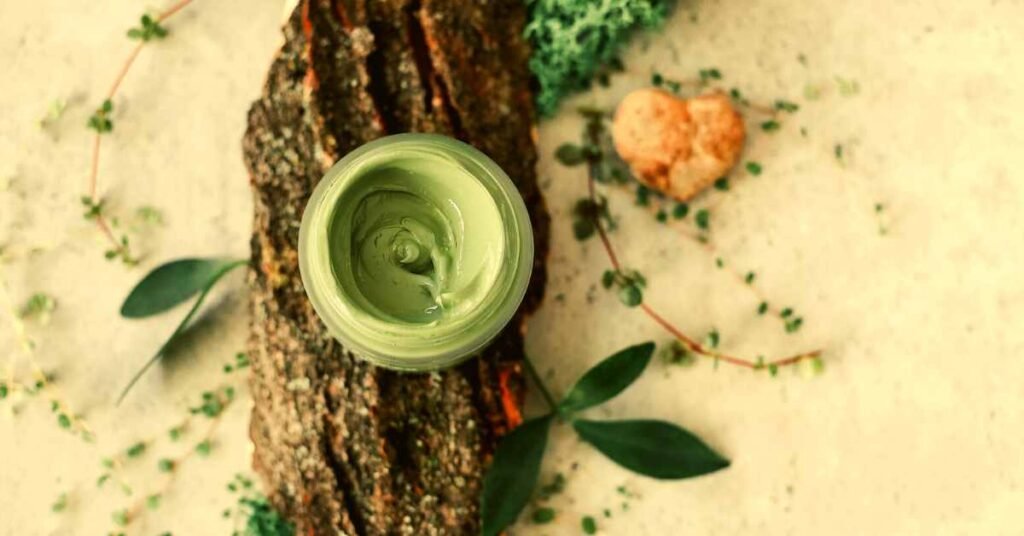Childbirth through Cesarean section (C-section) is a common and sometimes necessary procedure, but it comes with its own set of challenges during the recovery period.
The healing process after a C-section involves managing pain, reducing inflammation, and promoting tissue repair.
While traditional methods and medications play a crucial role in postoperative care, there’s a growing interest in alternative therapies, such as tea poultices, to aid in fast healing.
This article delves into the potential benefits of using tea poultices as a complementary approach to expedite recovery after a C-section.
Understanding Tea Poultices

A poultice is a traditional healing method that involves applying a warm, moist substance to a specific area of the body.
In the case of tea poultices, the healing power of various herbs and teas is harnessed to create a soothing and therapeutic application.
Teas derived from plants like chamomile, calendula, comfrey, and yarrow are often chosen for their anti-inflammatory, antimicrobial, and tissue-repairing properties.
Anti-Inflammatory Effects
One of the primary challenges after a C-section is managing inflammation, which is a natural response to the surgical procedure.
Excessive inflammation can lead to prolonged pain and delayed healing.
Several herbal teas have potent anti-inflammatory properties that can be beneficial in reducing swelling and discomfort.
Chamomile tea, for instance, contains chamazulene, a compound known for its anti-inflammatory effects.
Applying a chamomile tea poultice to the incision site may help soothe the inflamed tissues, providing relief and potentially expediting the healing process.
Calendula, another herb commonly used in tea poultices, has been traditionally valued for its anti-inflammatory and wound-healing properties.
The application of calendula tea poultices may assist in minimizing postoperative inflammation, contributing to a more comfortable recovery.
Antimicrobial Properties

The risk of infection is always a concern after any surgical procedure, including C-sections.
Tea poultices made from herbs with antimicrobial properties can offer an additional layer of protection against infection.
Comfrey, known for its wound-healing properties, contains allantoin, a compound that promotes cell proliferation and tissue regeneration.
Creating a comfrey tea poultice may help keep the incision site clean and protected, reducing the risk of infection and supporting the body’s natural healing mechanisms.
Yarrow is another herb with antimicrobial properties that can be incorporated into tea poultices.
Its ability to inhibit bacterial growth may contribute to a more sterile environment around the incision, further safeguarding against potential infections.
Tissue Repair and Regeneration
Encouraging the regeneration of damaged tissues is crucial for a speedy recovery after a C-section.
Certain herbal teas are believed to facilitate tissue repair and regeneration, promoting the body’s natural healing processes.
Comfrey, once again, stands out for its role in cell proliferation and collagen formation.
Applying comfrey tea poultices to the incision area may assist in accelerating the repair of connective tissues, helping to close the wound more efficiently.

Green tea, rich in antioxidants such as epigallocatechin gallate (EGCG), has been studied for its potential in promoting wound healing.
While not traditionally used in poultices, incorporating green tea extracts or cooled green tea bags into a poultice may provide additional antioxidant support to the healing process.
Application of Tea Poultices
The application of tea poultices after a C-section is a straightforward process.
It typically involves brewing a strong herbal tea, allowing it to cool to a comfortable temperature, and then soaking a clean cloth or gauze in the tea.
The soaked cloth is then applied directly to the incision site for a specified duration.
It’s important to note that the choice of herbs should be discussed with a healthcare provider to ensure compatibility with the individual’s medical history, allergies, and ongoing medications.
Additionally, the poultice should not replace prescribed medications or medical advice but rather serve as a complementary approach to enhance the overall healing experience.
Final Word
Tea poultices, with their anti-inflammatory, antimicrobial, and tissue-repairing properties, hold promise as a complementary therapy in the postoperative care of C-sections.
While traditional methods and medications remain essential components of recovery, the integration of herbal tea poultices may offer a natural and soothing way to support the body’s healing processes.

As with any alternative therapy, it’s crucial to consult with healthcare professionals before incorporating tea poultices into a post-C-section care routine.
Personalized care plans, including a combination of conventional and complementary approaches, can contribute to a smoother and faster recovery, allowing new mothers to focus on bonding with their newborns without unnecessary discomfort.
MEDICAL DISCLAIMER
Itsnevernotteatime.com cannot and does not contain medical/health advice. The medical/health information is provided for general and educational purposes only and is not a substitute for professional advice.




